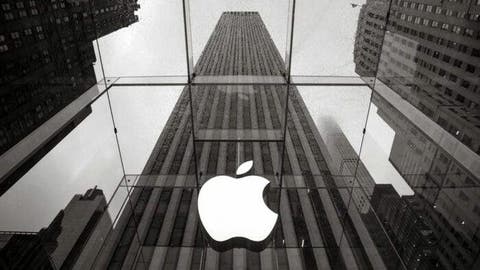A few days ago, there were reports that the upcoming iPhone 13 series will support low-orbit satellite system (LEO) connectivity. According to Kuo Ming-Chi, the iPhone 13 will support low-orbit satellite systems. This will allow users to make calls and send messages without 4G and 5G coverage. As soon as the news hit the public domain, it caused heated discussions. In fact, this news also drove Apple’s stock to a record high. The advantage of satellite communication is that there will be no bad signal issues. If the 4G/5G coverage is poor, users can still send messages and make calls using the satellite system.
Kuo Ming-Chi claims that the iPhone 13 will use a “custom” Qualcomm X60 baseband chip. This chip supports the n53 frequency band used by satellite communications company, Globalstar. However, some mobile analysts and communications experts questioned Kuo Ming-Chi’s report. The analysts refuted the rumors that “Apple iPhone 13 will support satellite communications,”. The analysts also claim that the custom chips will improve existing 5G connections.
iPhone 13 will most likely not support satellite communication
The problem here is that satellite communications do not use some frequency bands at all. Most likely, Apple will just use one of Globalstar’s ordinary old terrestrial frequency bands to extend LTE connections. According to Bloomberg, the satellite function that Apple is developing only allows users to send text messages in emergency situations. This feature also allows iPhone users to report emergencies in areas without cellular network coverage. However, the company is unlikely to launch this feature in 2021. Apple will probably present this feature as an emergency service and will not replace the current SMS and call network.
Furthermore, Bloomberg also claims that Apple will not launch this service in all regions. Its availability will depend on local regulations and satellite locations. The built-in function will require the user to go outdoors and walk in a designated direction to help the iPhone connect to the satellite. The connection may not be instant, and it may take up to a minute for the iPhone to successfully communicate with the satellite.
Connecting to the satellite will require a special modem chip, and Apple will continue to use Qualcomm technology in the next few years. It is not clear whether Apple will cooperate with Globalstar as mentioned by Ming-Chi Kuo.
At best, n53 is just a “Wi-Fi channel that no one uses” with the same frequency. From this point of view, for at least one or two years, we should not be able to use Apple’s “satellite iPhone”.
